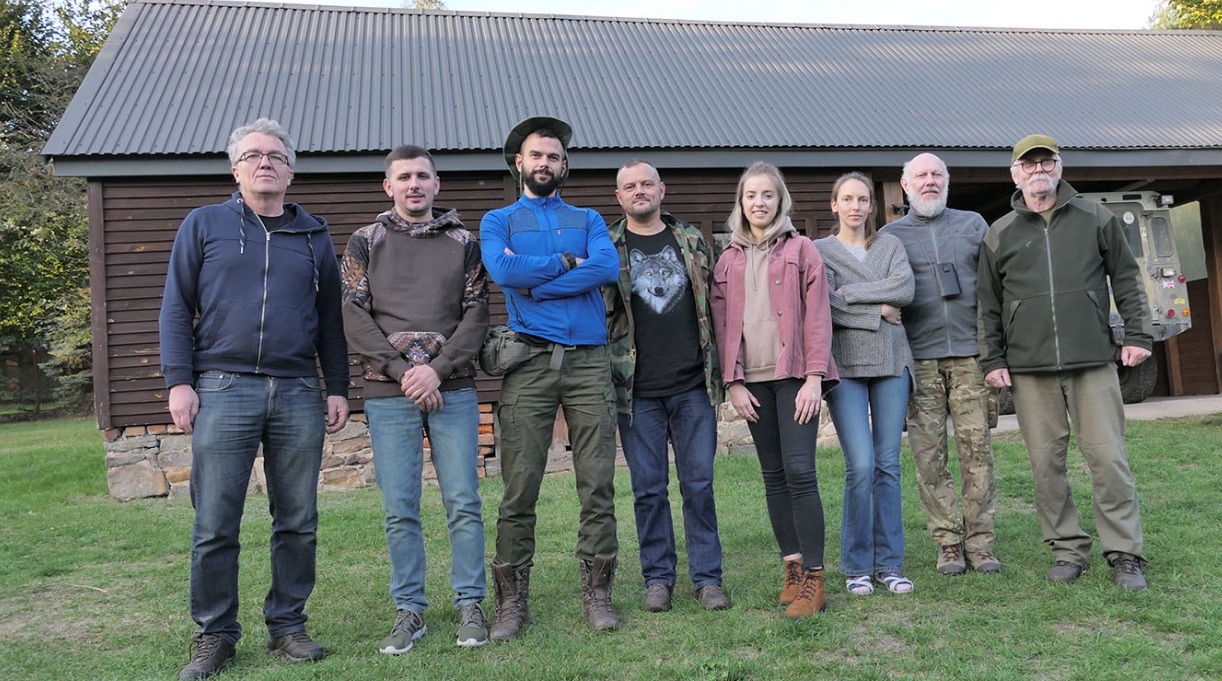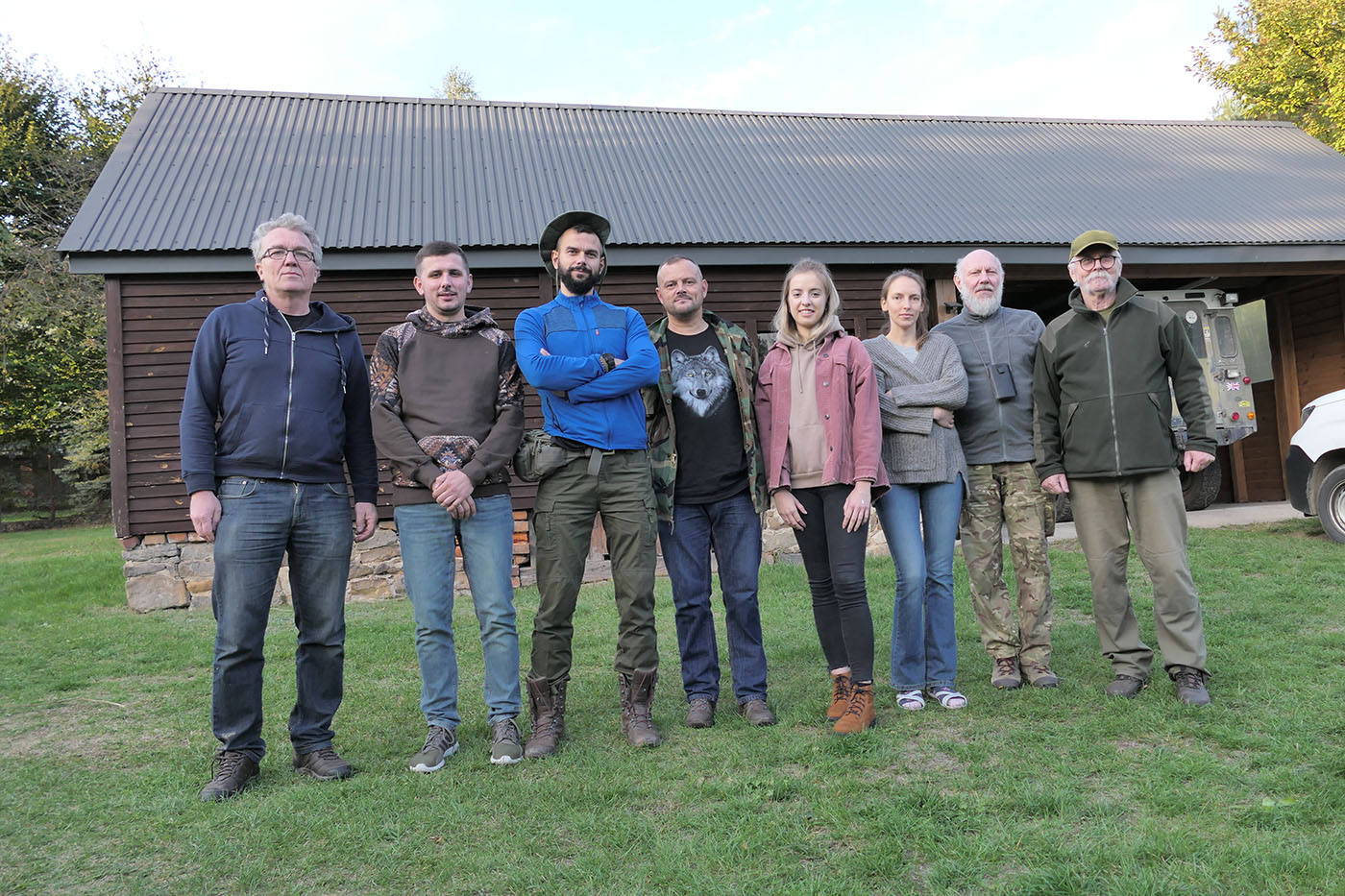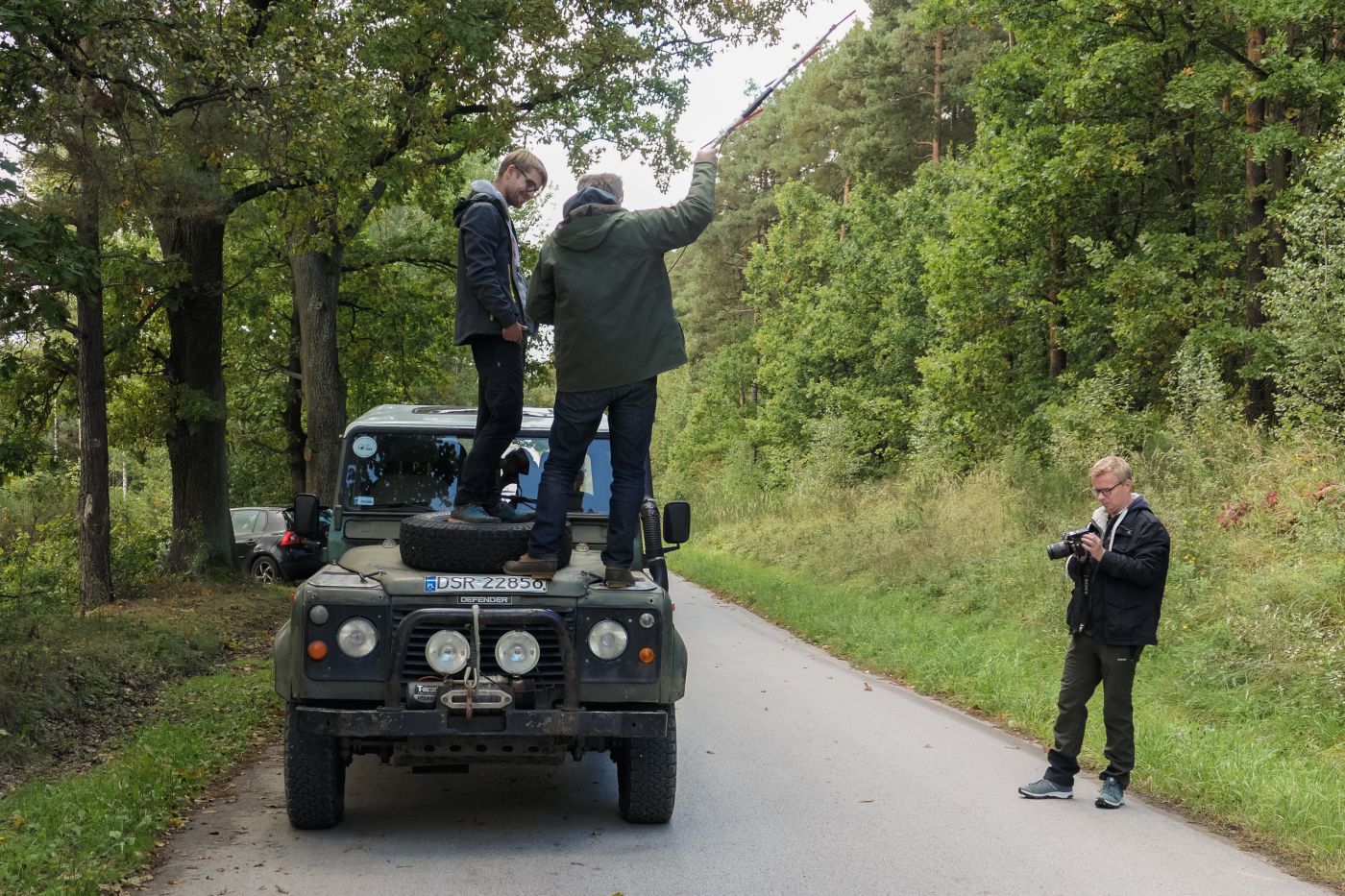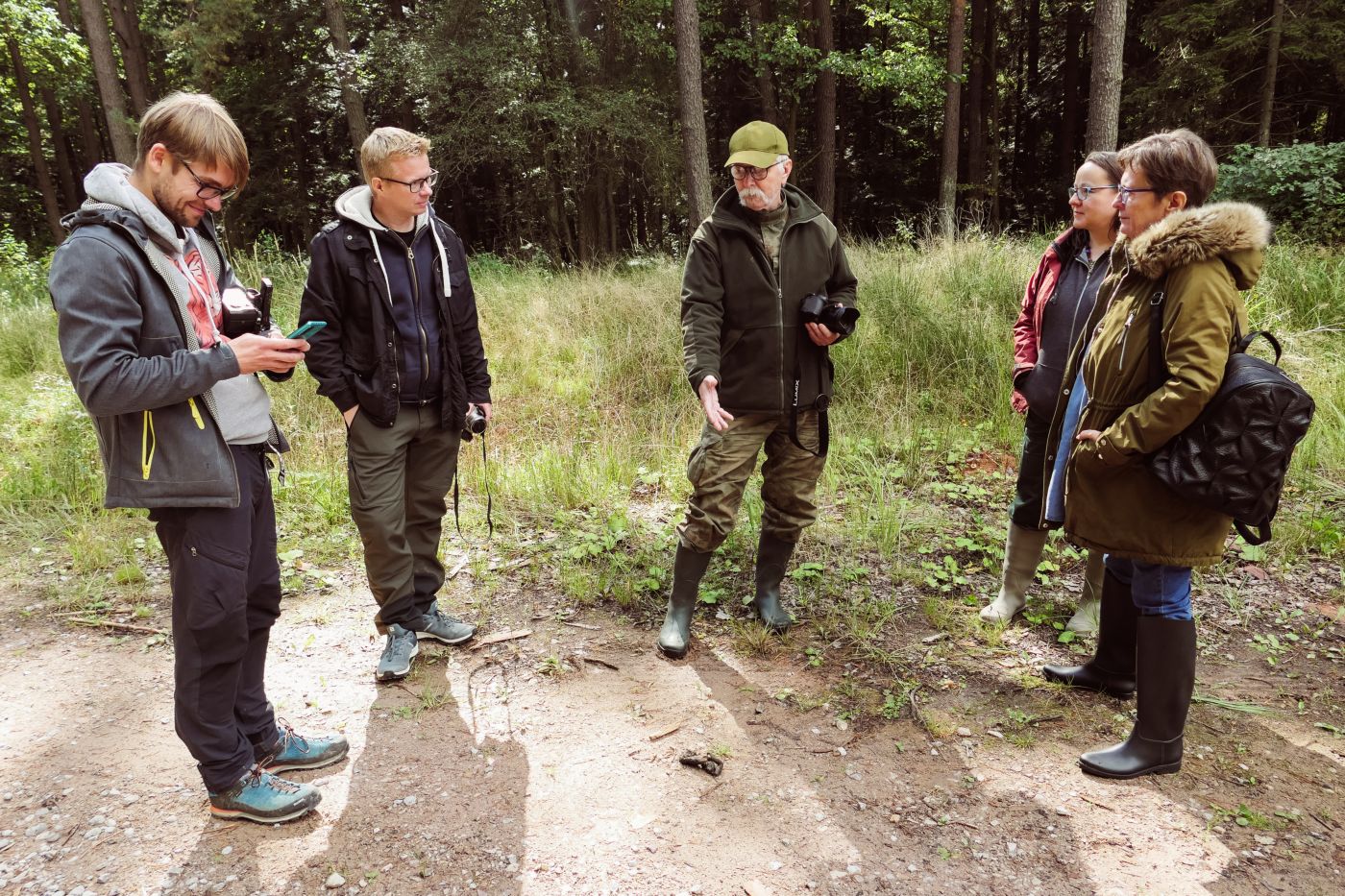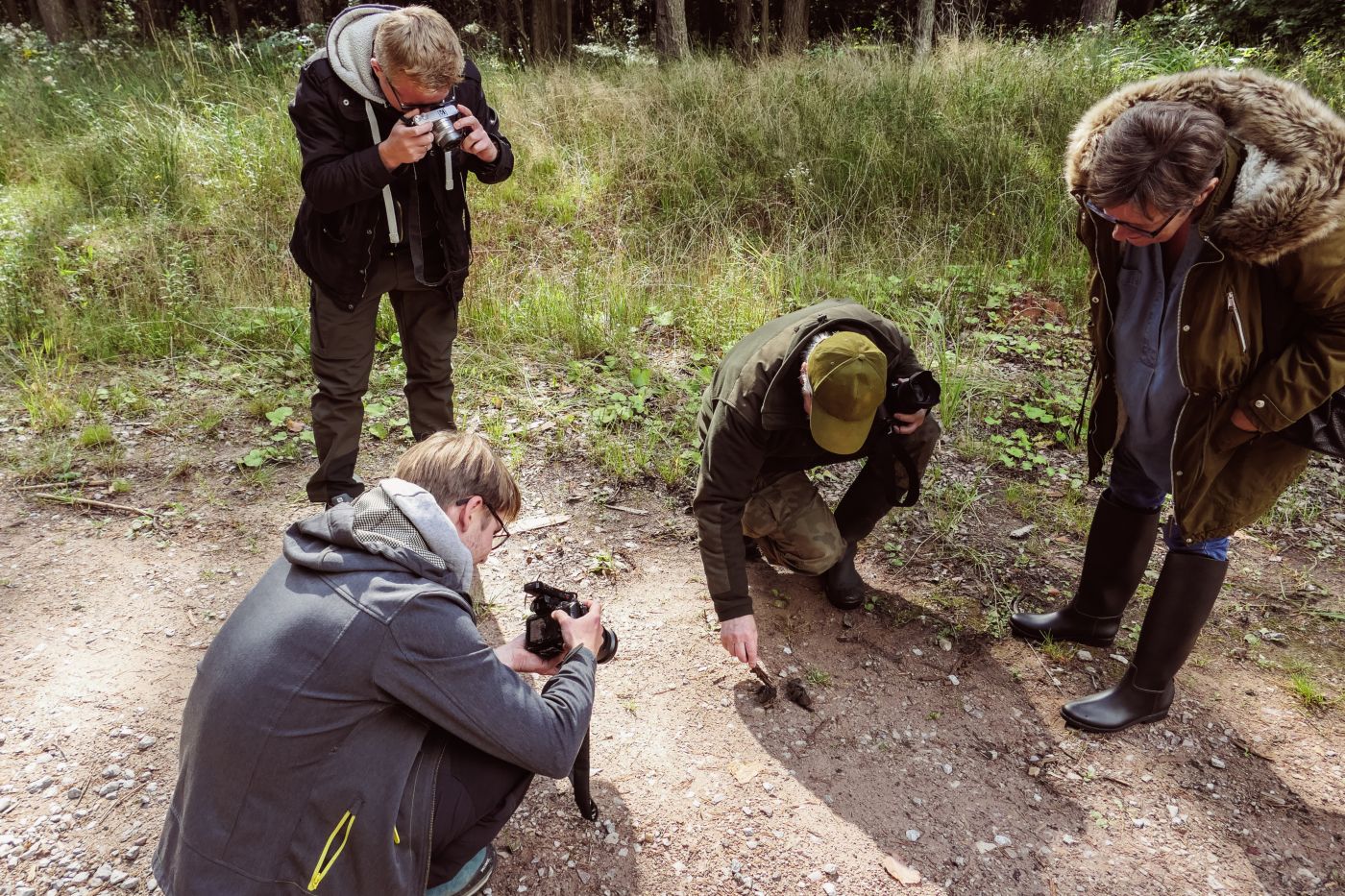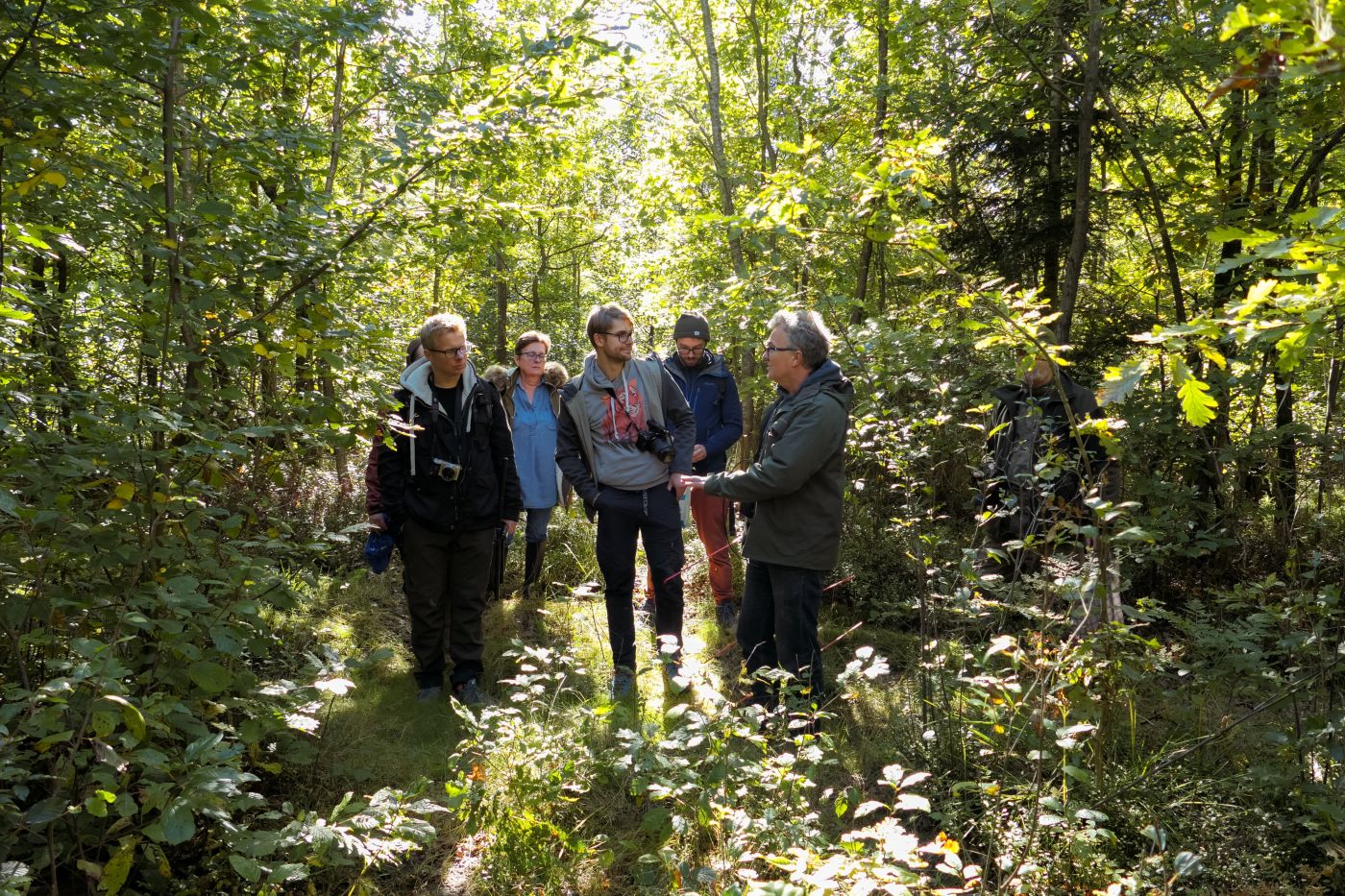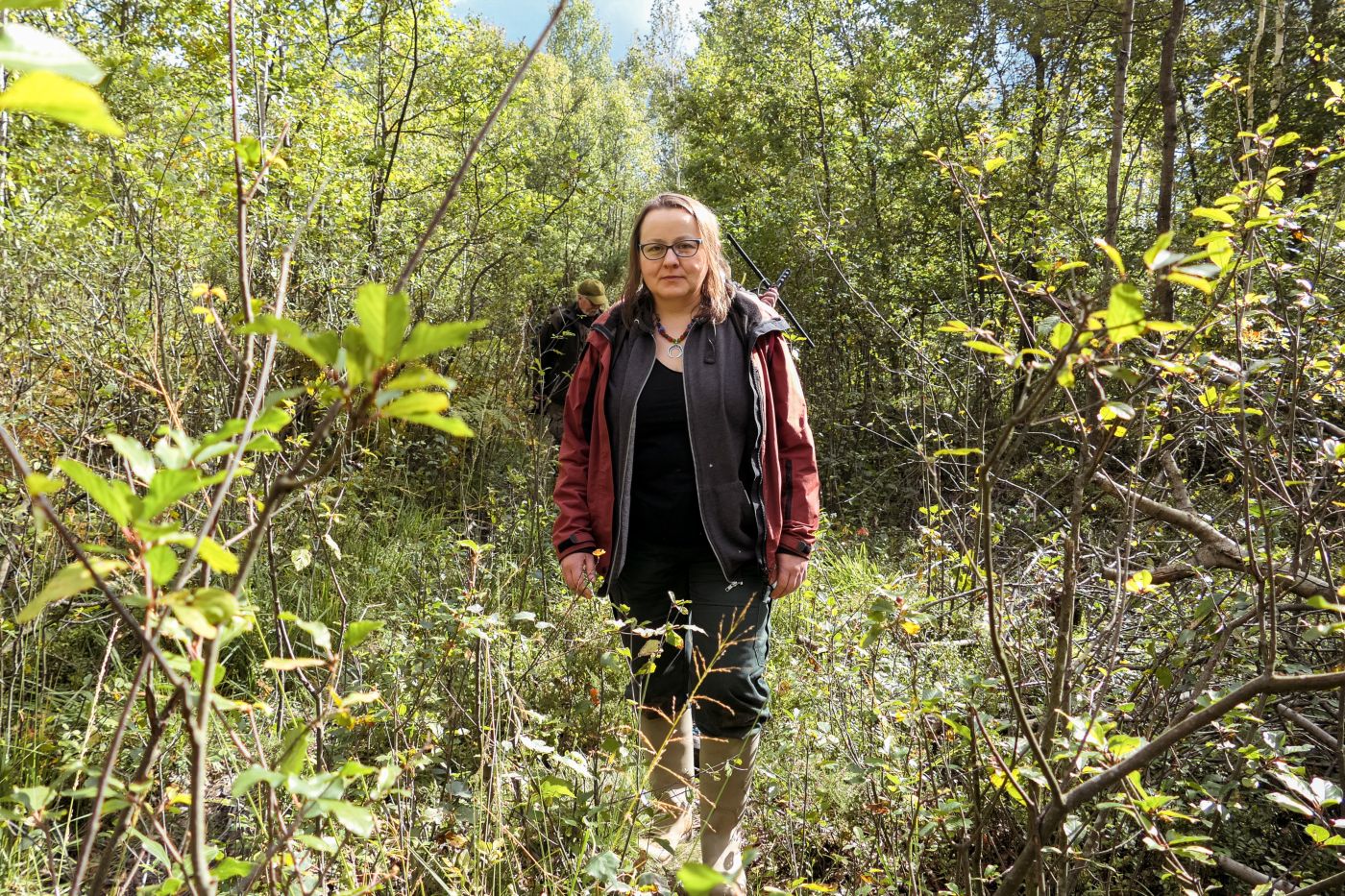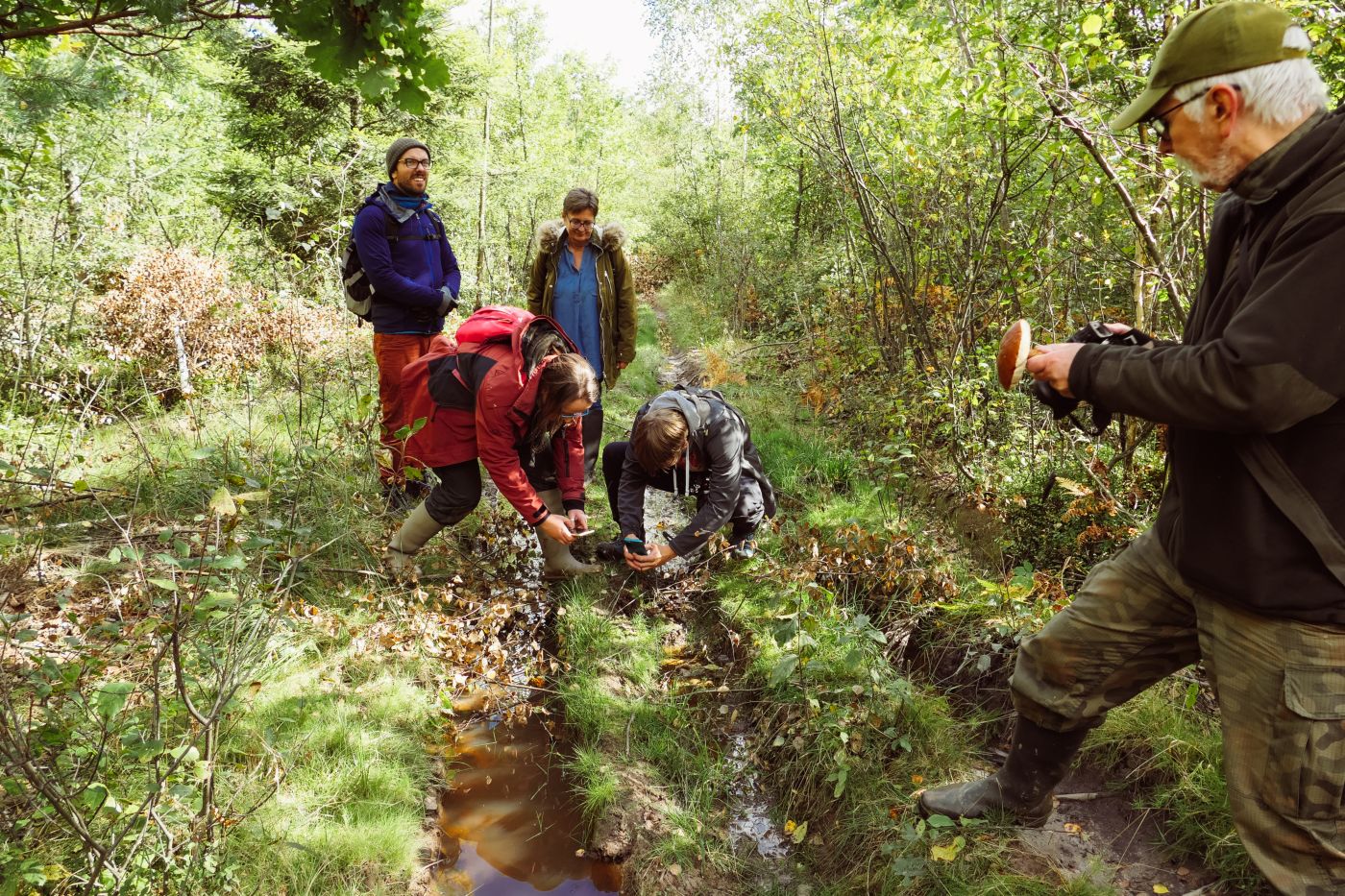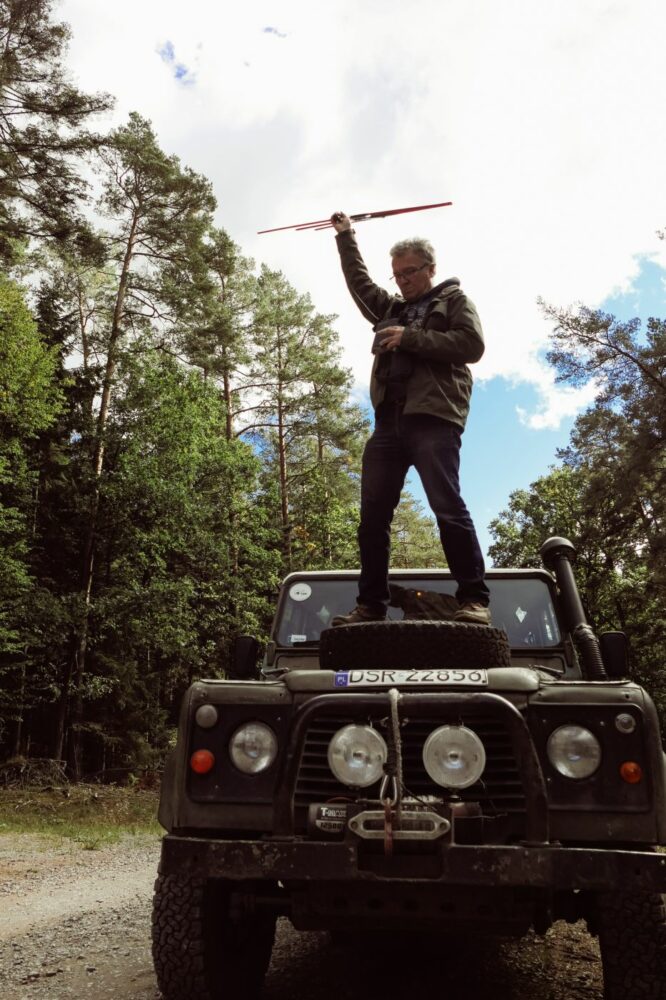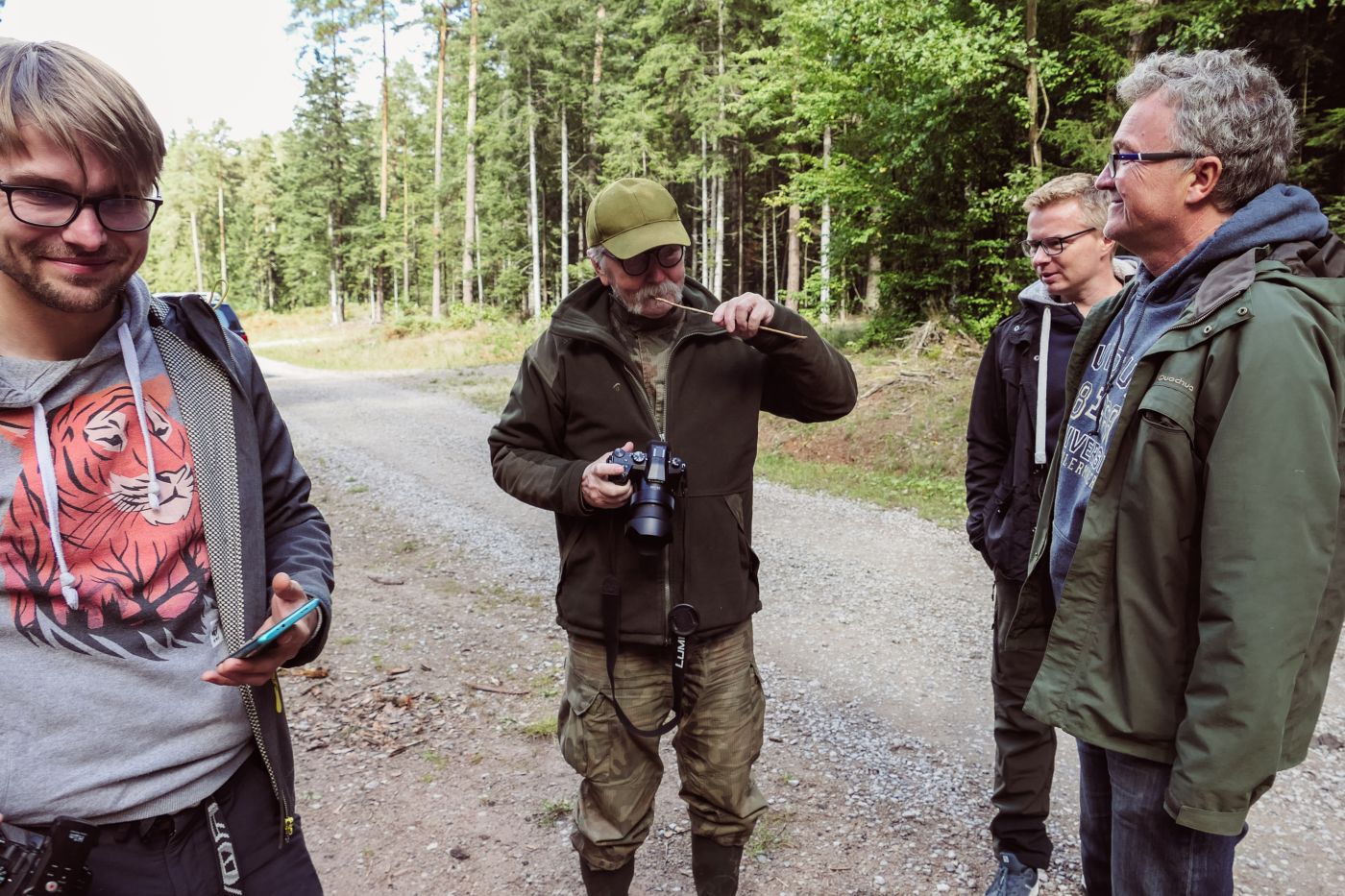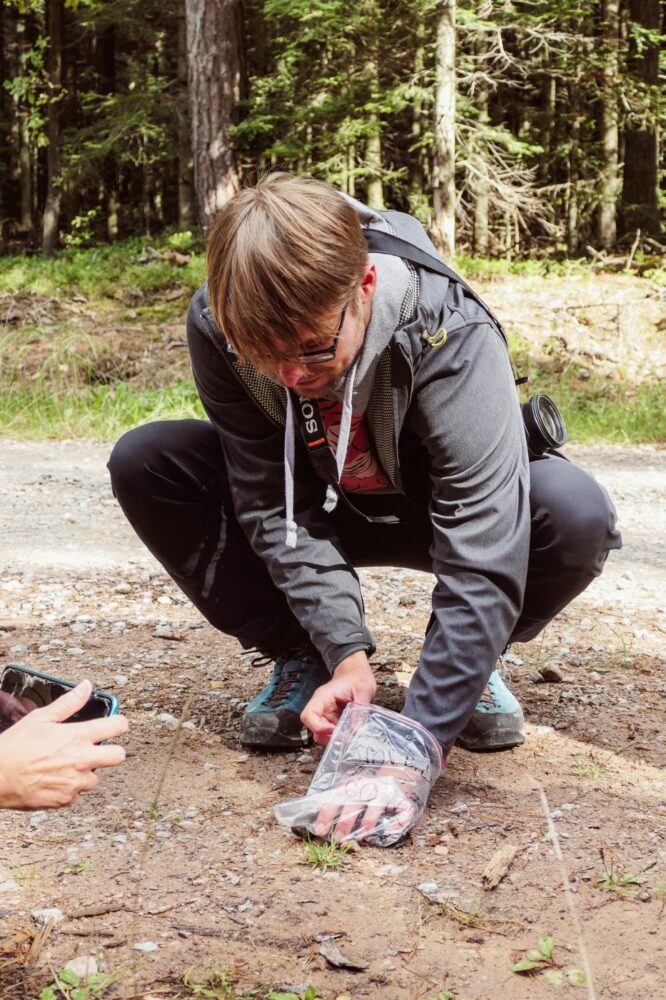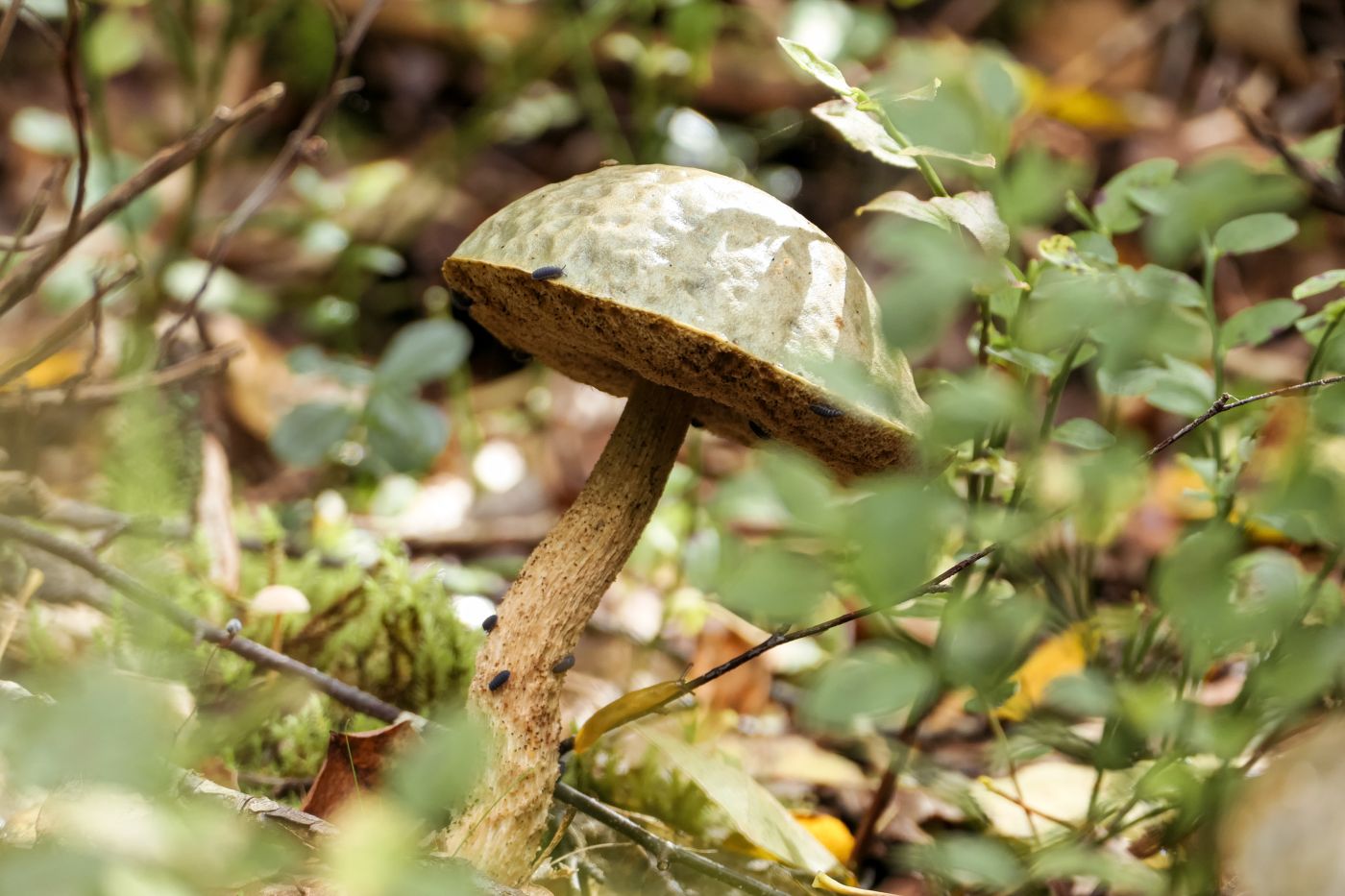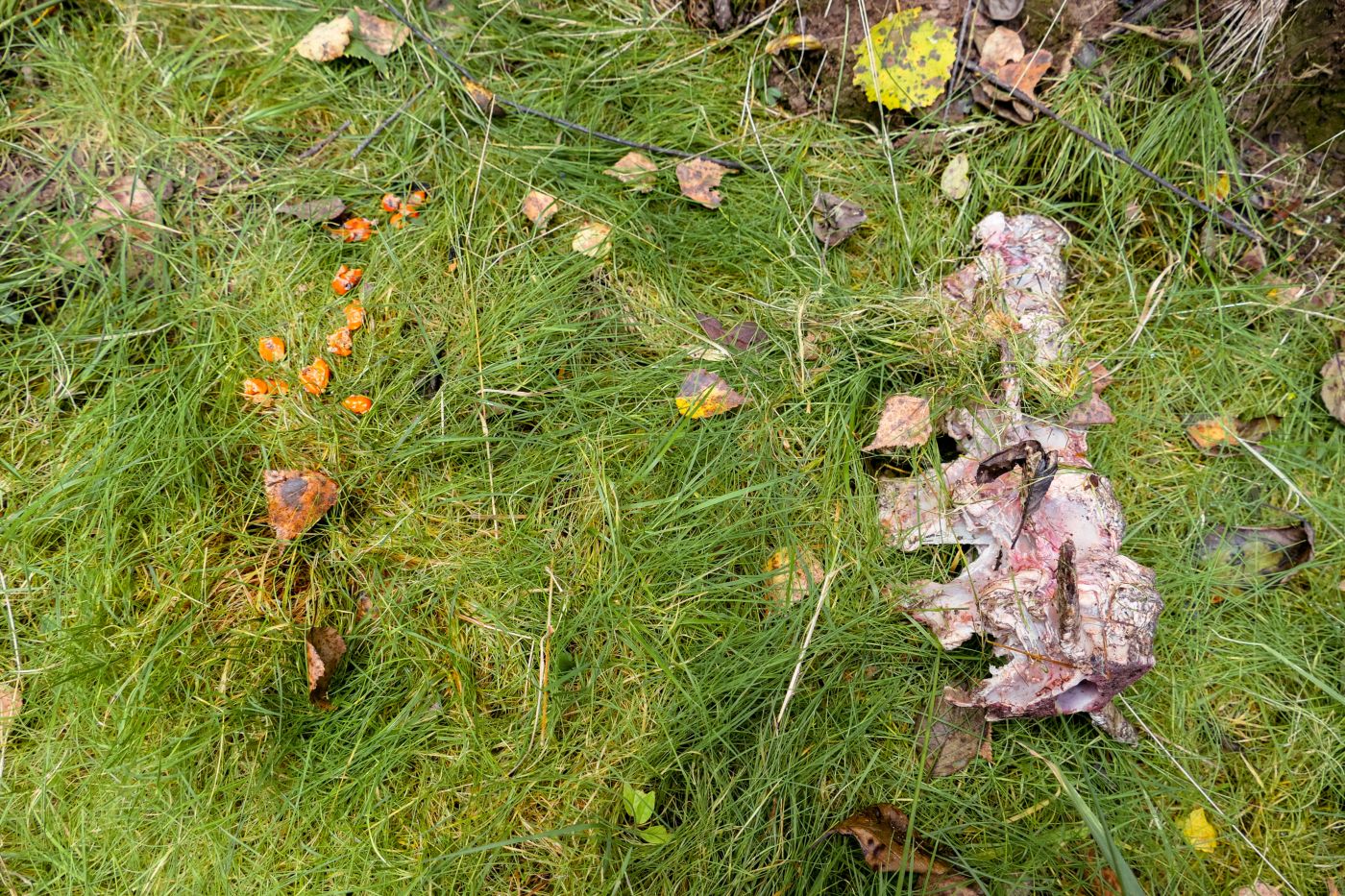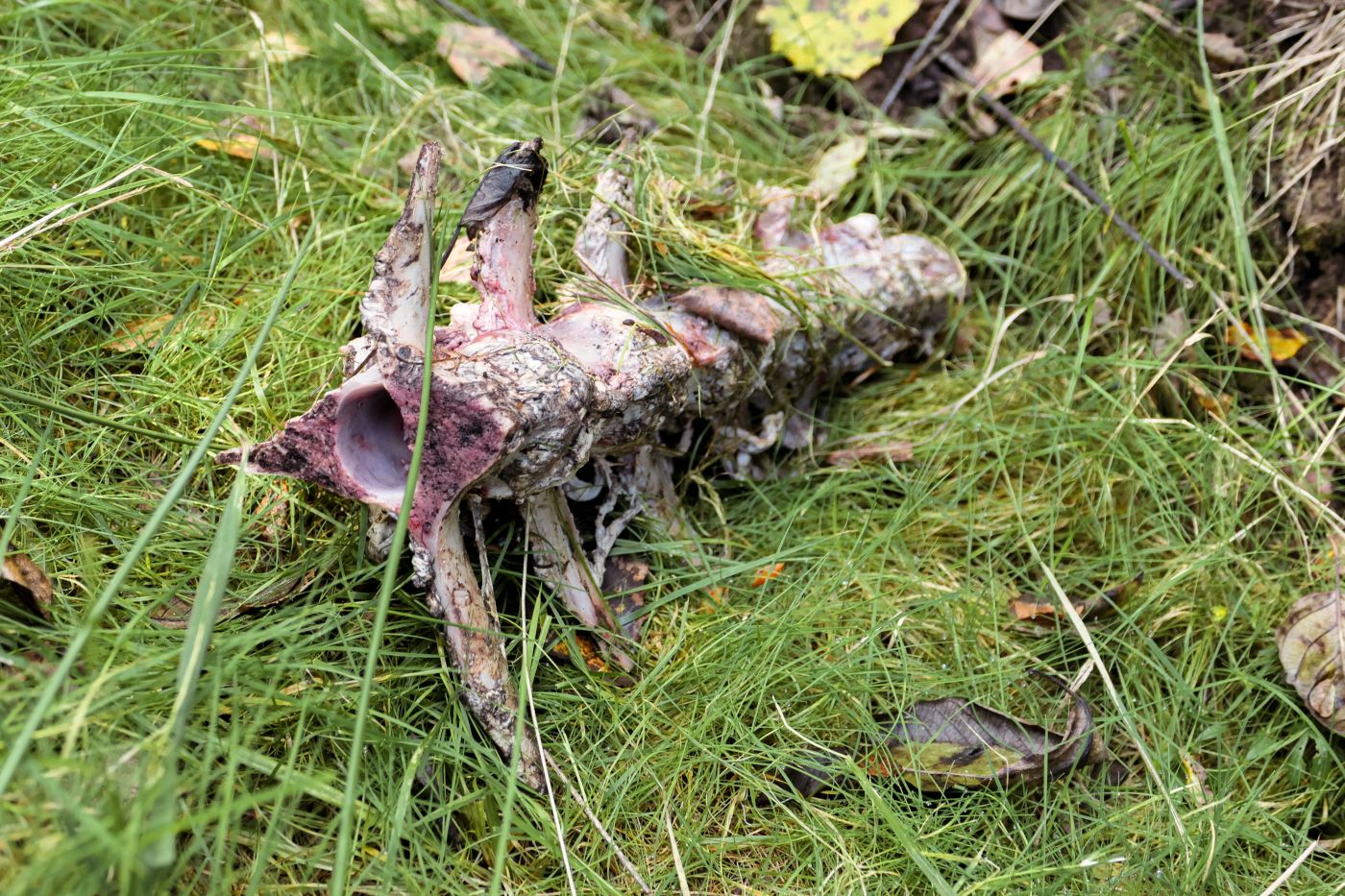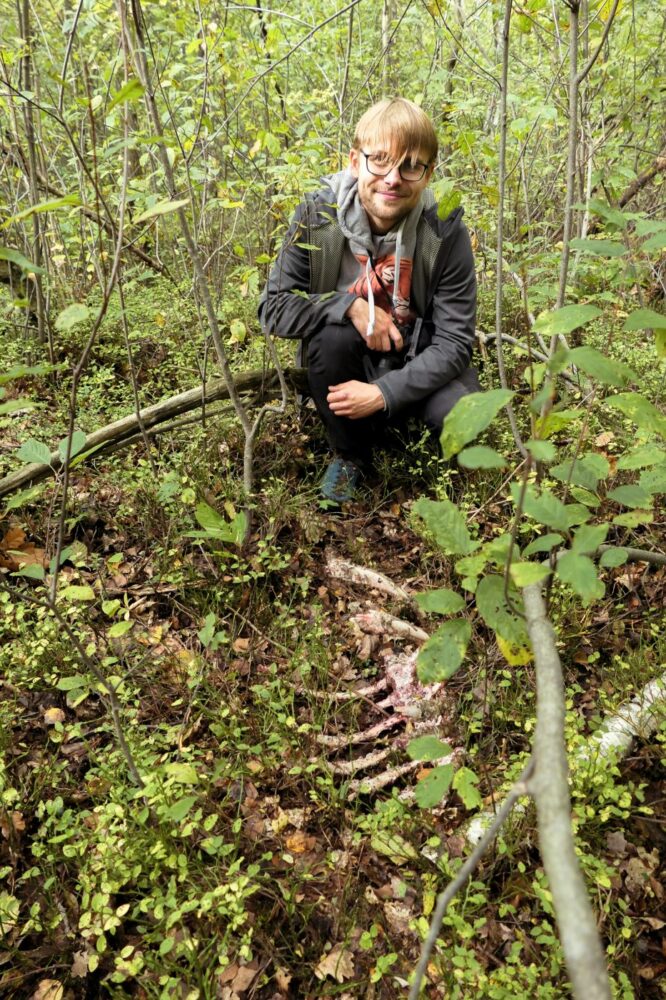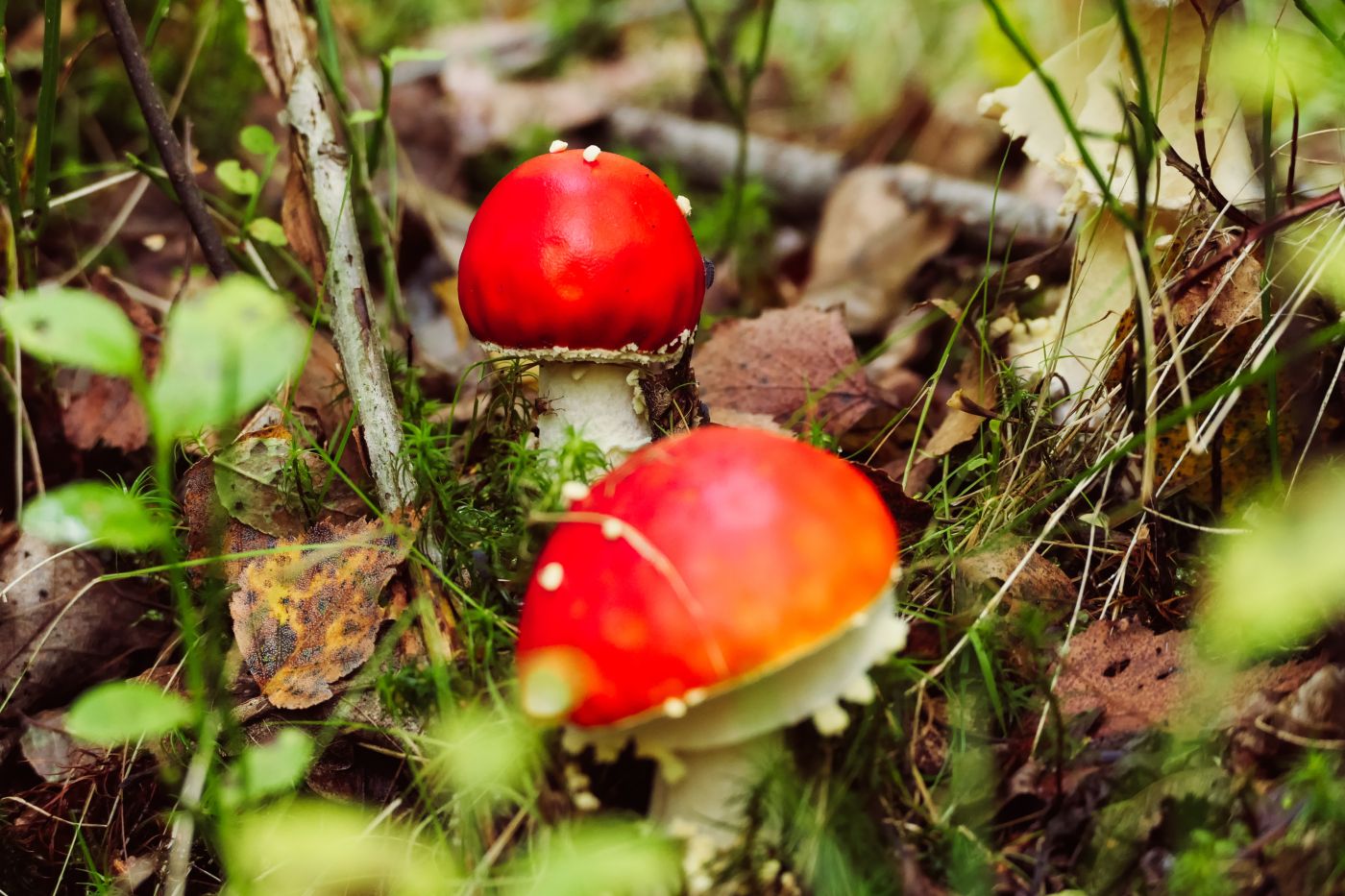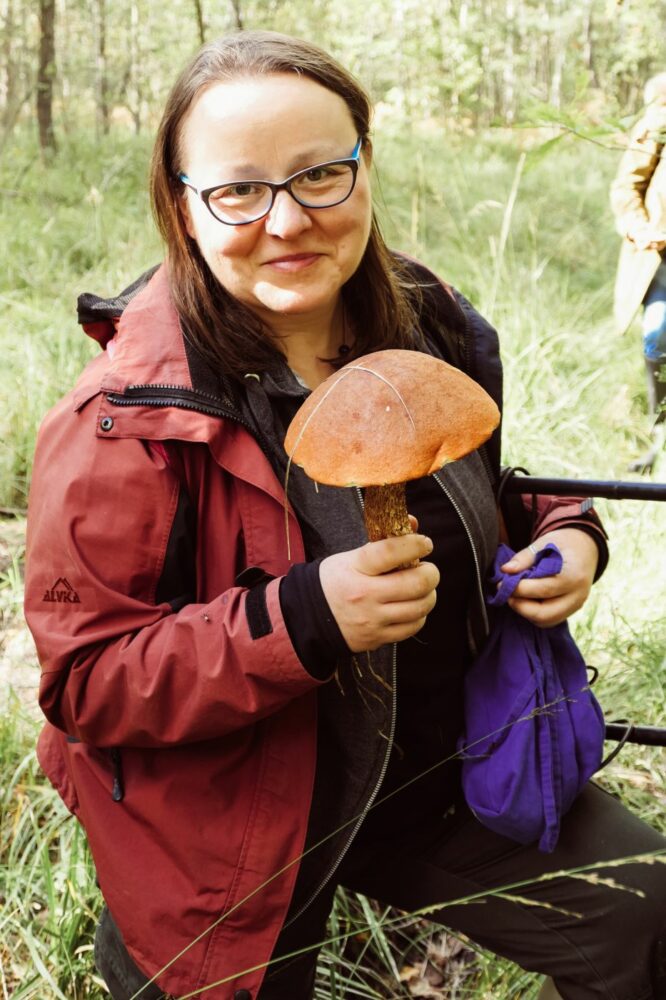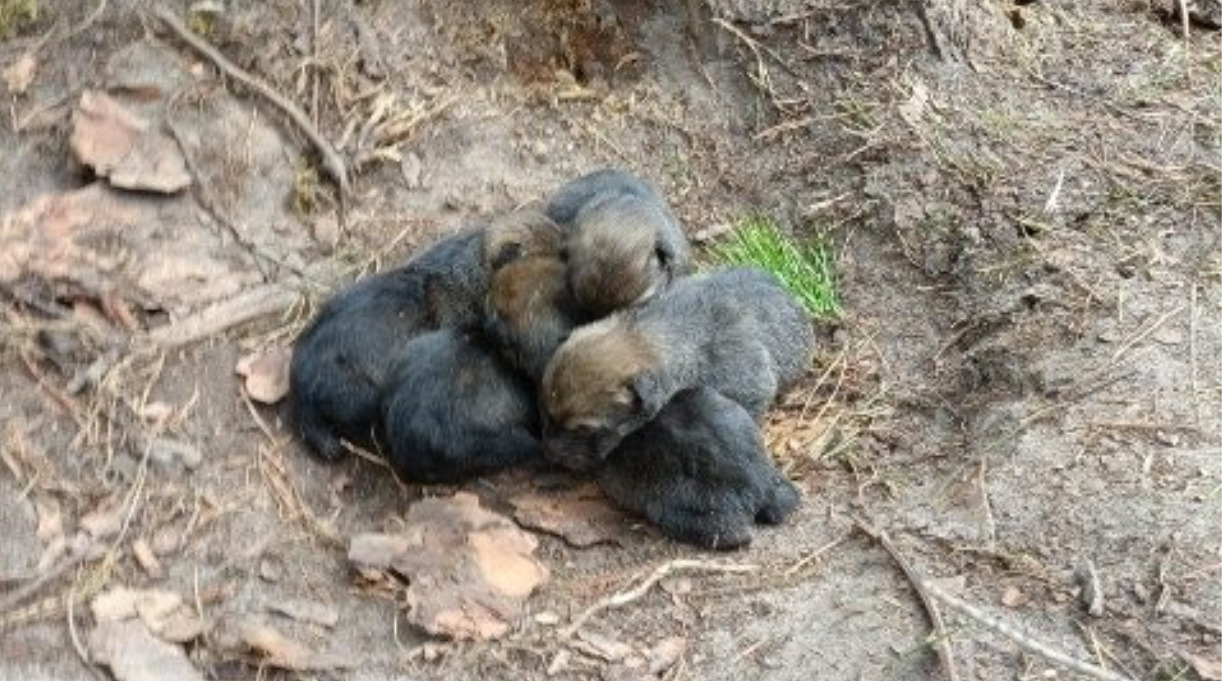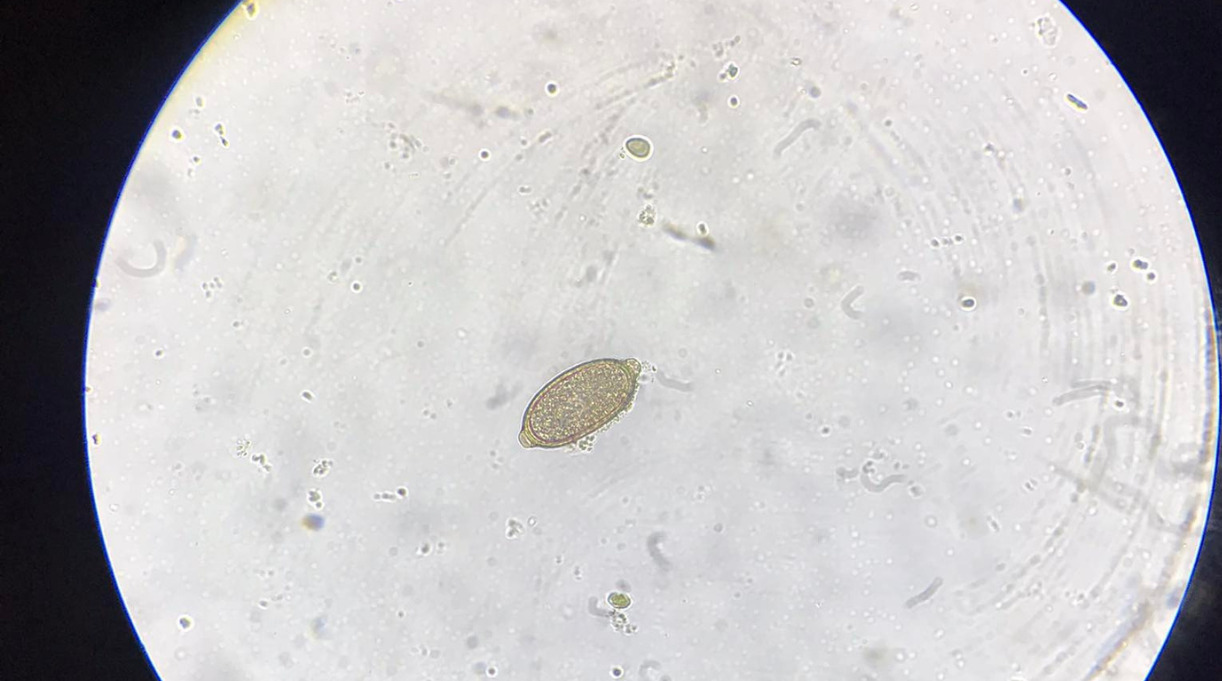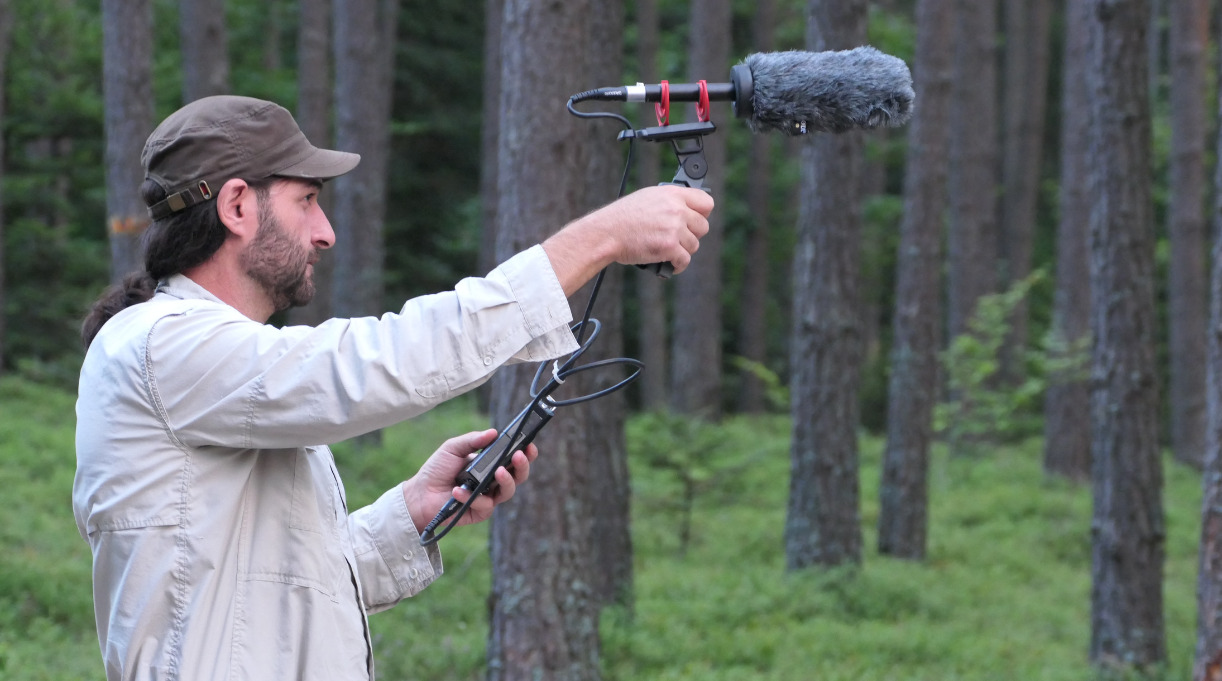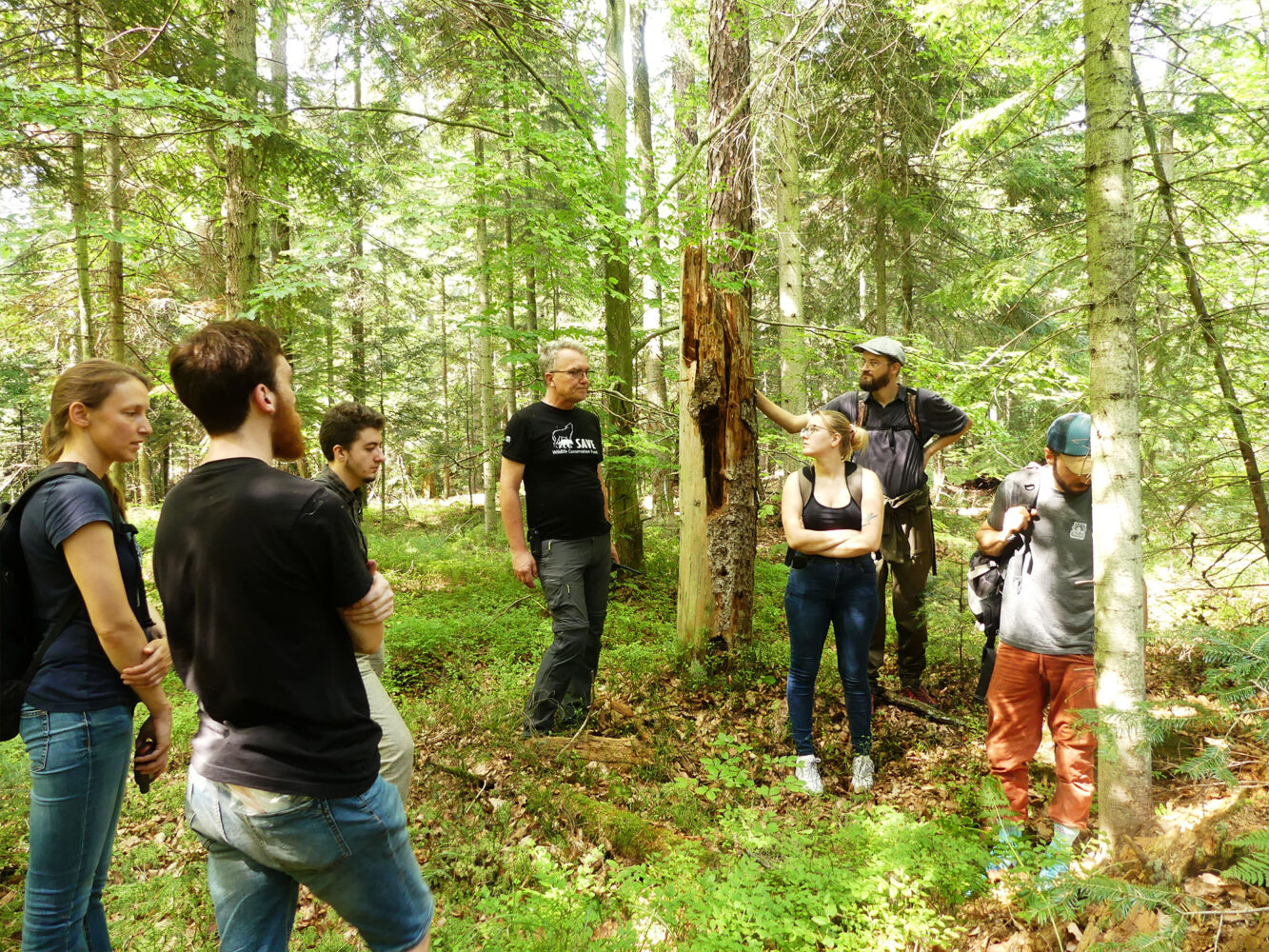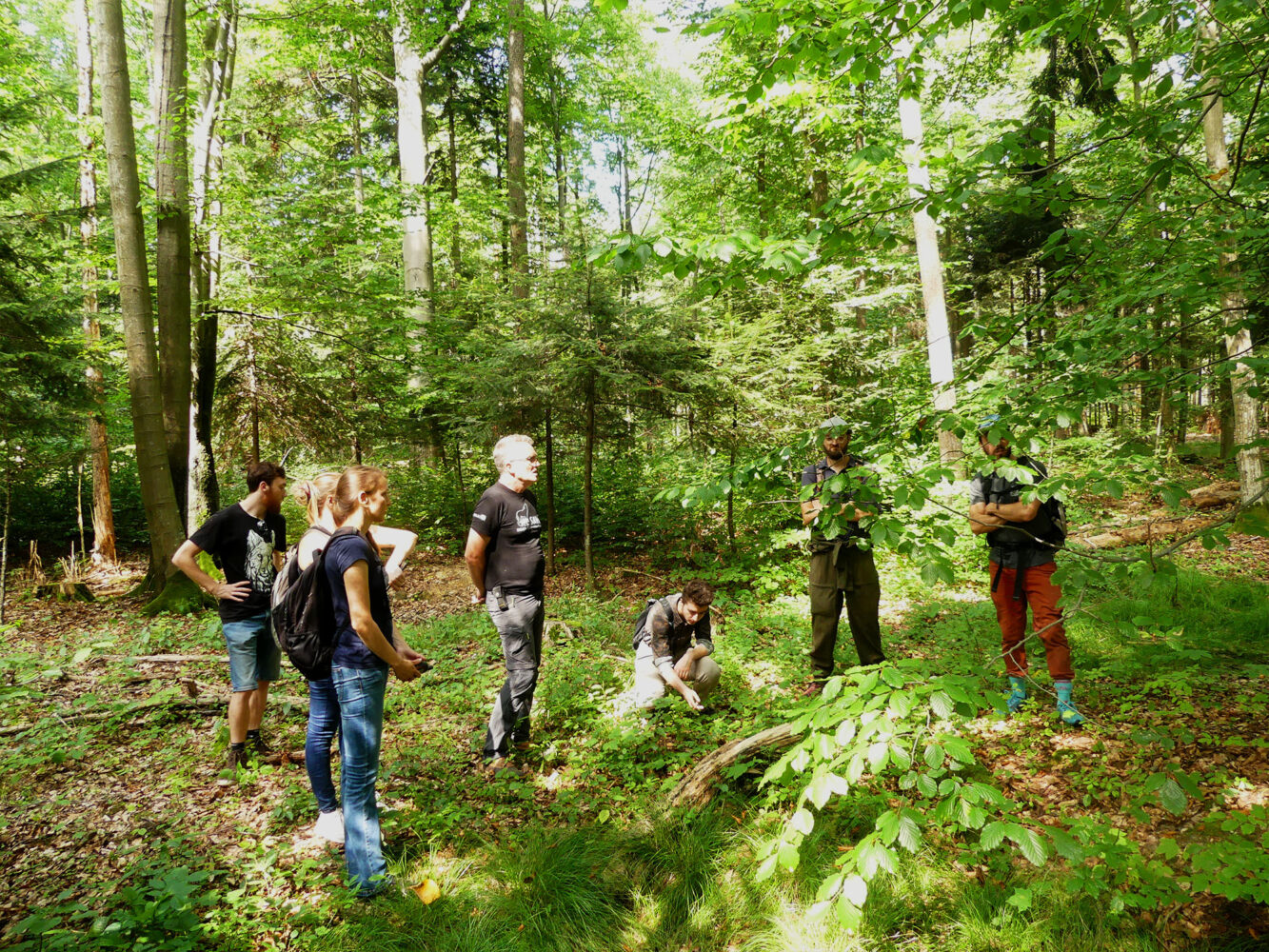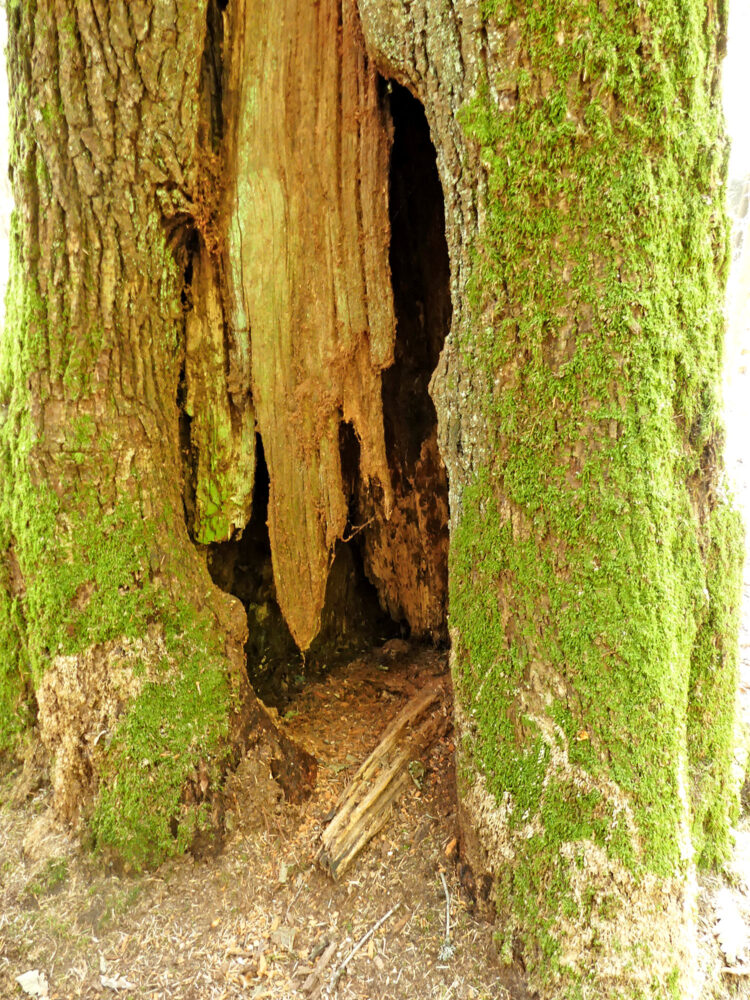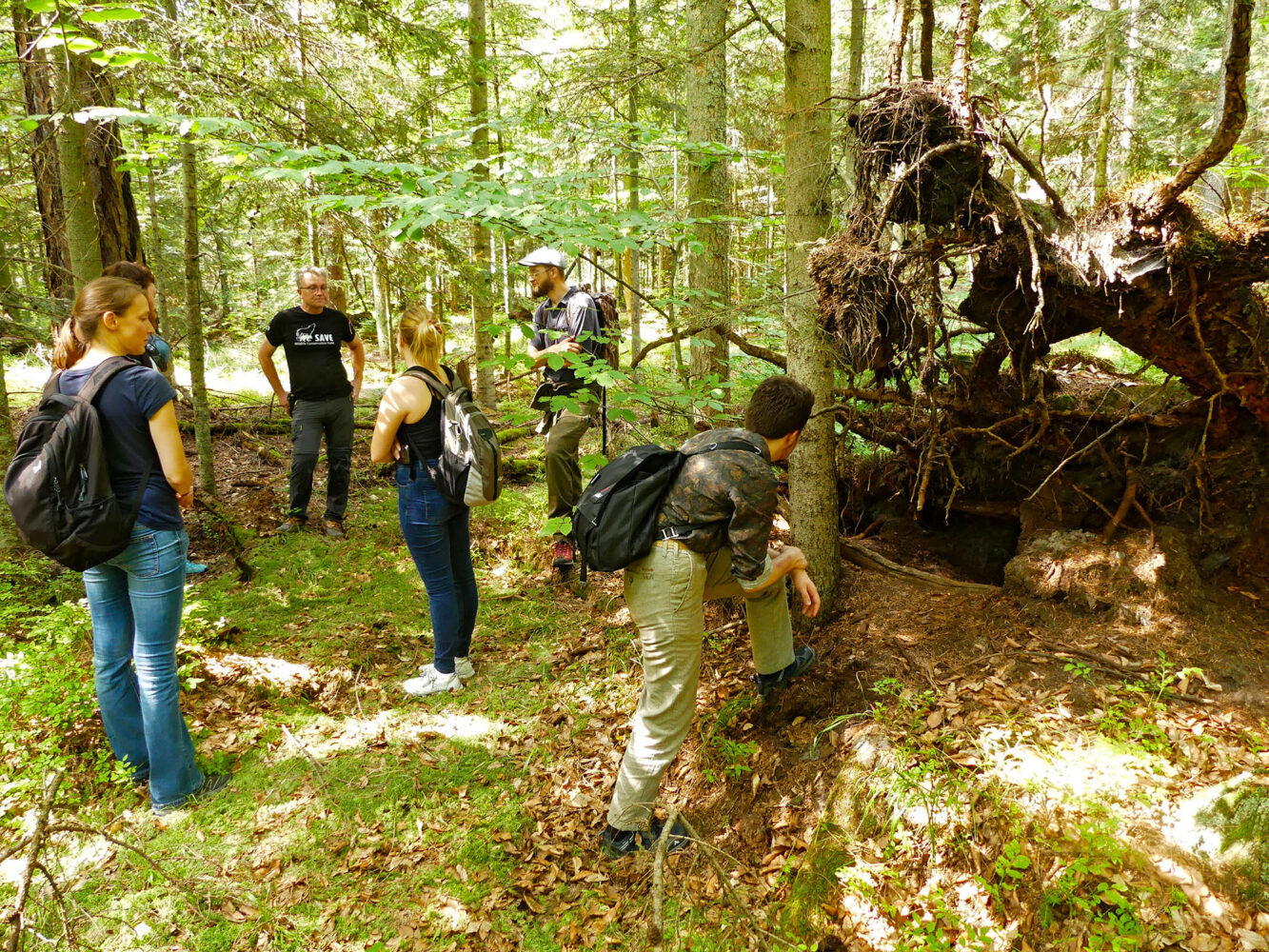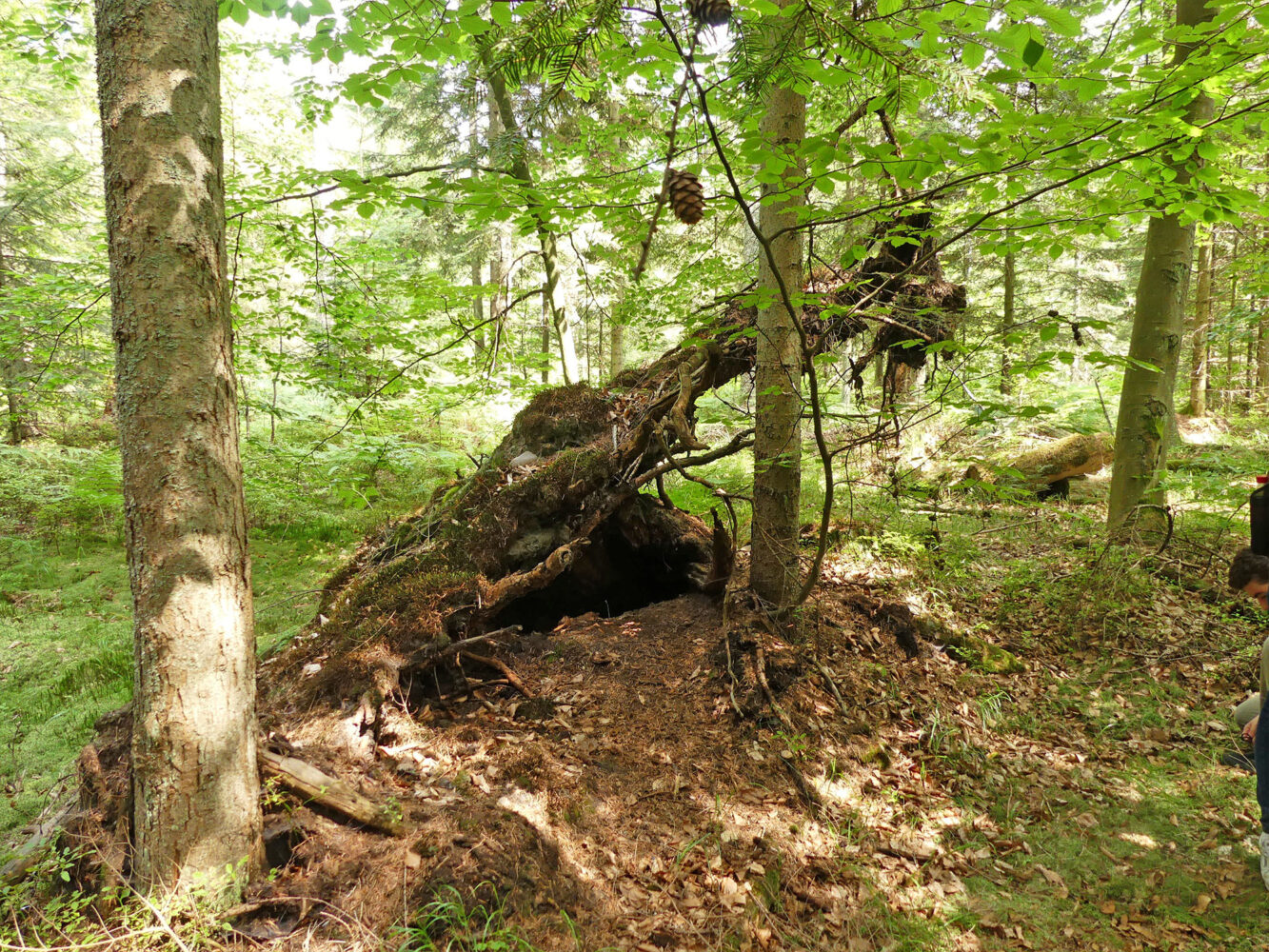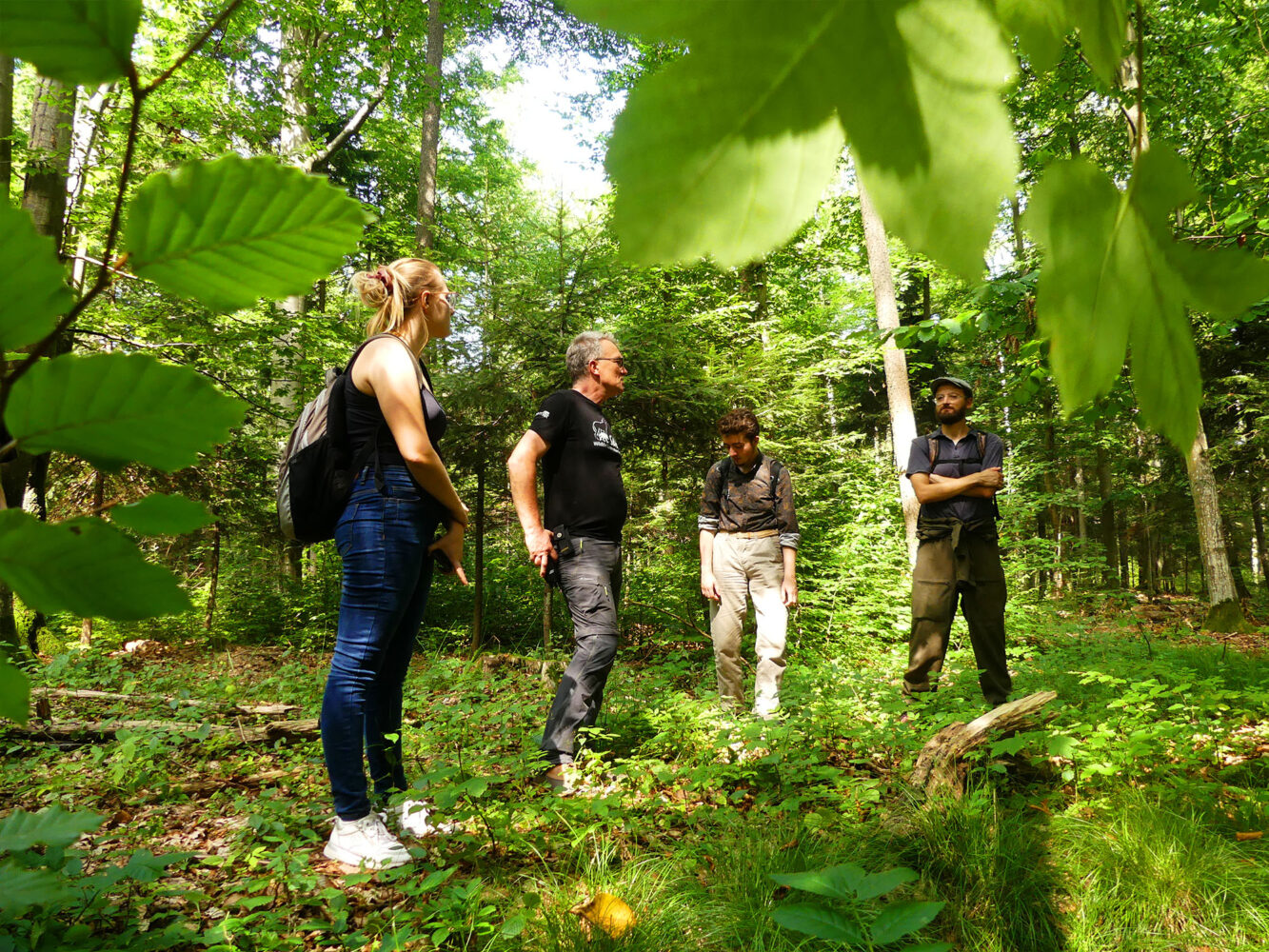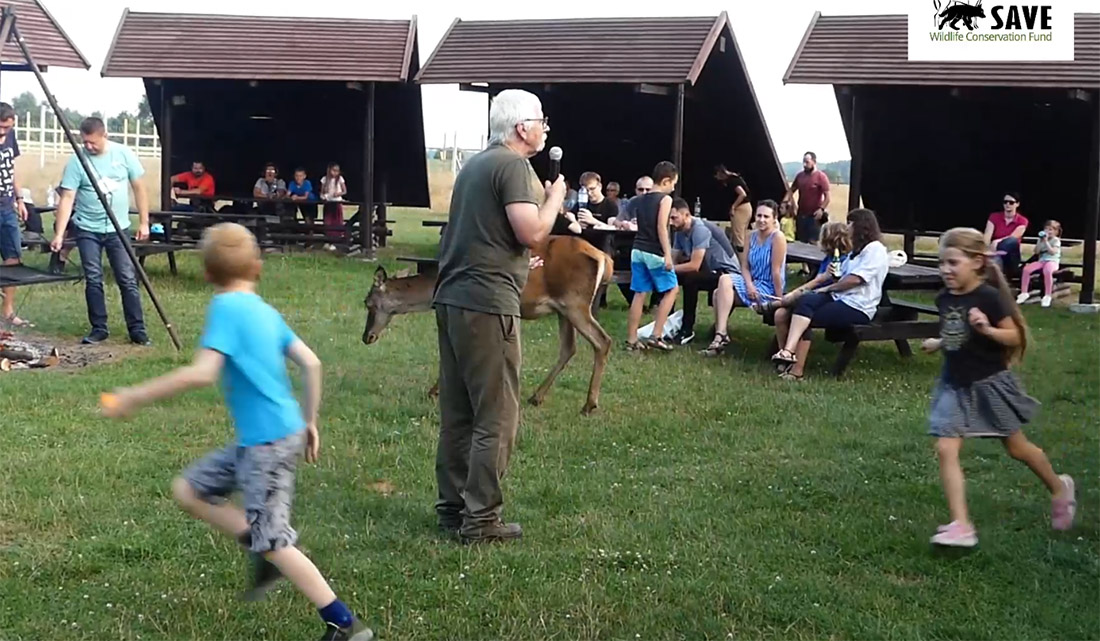15.10. "Neighborly with wolves" in Skarżysko-Kamienna
Meeting "Neighborly with wolves" in Skarżysko-Kamienna
We warmly invite you to an educational meeting entitled “In the neighborhood with wolves”!
Roman Gula, head of our wolf monitoring and protection project, and his team will talk about local wolves and how to live in harmony with them.
During the meeting we will answer the most frequently asked questions about wolves, try to dispel any doubts and dispel myths!
In the program:
– Wolf family, or briefly about the ecology of wolves
– Wolves in the Świętokrzyskie region and around Skarżysko-Kamienna
– Should we be afraid of wolves?
– Is it safe in the forest?
– Can wolves eat children?
– Are wolves seen near houses a threat?
– What should we do if we encounter a wolf?
– How to protect your dog from a wolf
– How to protect other pets and livestock
– What to do in case of damage caused by a wolf.
WHERE.
Municipal Cultural Center in Skarżysko-Kamienna, 25 Słowackiego St.
WHEN.
Saturday 15.10.2022, 14:00-15:30
Please note, the number of places is limited!
Please sign up at: zapisy@fundacja-save.pl
Free admission.
All are welcome!
Autumn meeting of the wolf team
Autumn meeting of the wolf team
On Saturday, September 24, as we do every year at the beginning of autumn, we held a reunion for members of our wolf monitoring team.
The pleasant meeting was accompanied by conversations on wolf topics and more, as well as an exchange of information and a summary of the year. We had the opportunity to see still hot footage from the photo traps just collected from the area, where, in addition to wolves, we could see, for example, deer and elk taking mud baths. We will publish the first of these soon!
Join us!
We would like to invite committed nature lovers to cooperate and join our team. We are looking for people:
– to help with the ongoing activities of the foundation, to pitch ideas and implement them;
– for corporate fundraising;
– to cooperate in systematic monitoring of wolves in a selected forest complex (in Świętokrzyskie province);
If you want to join us please contact us by email: kontakt@fundacja-save.pl
A wolf without a paw
A wolf without a paw
In August one of our photo-traps recorded a wolf without a rear left foot.
The registered individual belongs to the family of the wolf Bartek, who settled in the Niekłańskie Forest last year and raised 6 pups with a female of unknown origin (notes June 15, August 25 and November 4, 2021). The foot may have been damaged during the hunt, but this is probably the result of a gunshot or the wolf getting caught in a poaching trap.
The wolf moves quite efficiently, and the fact that the wound did not lead to infection of the entire body (sepsis) and death of the animal shows how effective the immune system of wild animals is. The foot succumbed to necrosis and fell off over time, while the animal is alive and doing quite well.
Will it survive? It all depends on whether fellow wolves will share food with it, as it is difficult to expect such a mutilated wolf to be able to hunt successfully on its own.
Author: Roman Gula, Marcin Mandziak
On the track of Geralt - September's "Wolf Workshop"
On the track of Geralt - September's "Wolf Workshop"
On September 23, we organized another field workshop for friends of our Foundation and journalists interested in wolf ecology.
The first item on the agenda was the search for the tracks of Geralt – one of our wolves equipped with a GPS collar.
After a brief introduction to the methodology of our research, we went to the place where, according to the data from the collar, Geralt had sat the day before. Walking first along a forest road, and then cutting through dense thickets, we looked for signs of the wolf’s presence. After just a few hundred meters we noticed the first wolf tracks on the path, so we were sure we were going in the right direction. We literally followed Geralt’s footsteps, and soon arrived at the remains of his meal. There wasn’t much left of the big red deer. We are not sure if it was Geralt who hunted it, but he certainly fed on it. We also found chewed fruits next to the spine that had been thoroughly cleaned of meat. Eating berries and other forest fruits is not unusual for wolves and they do it quite often.
At one point, a strong aroma of carrion wafted to our nostrils – we surmised that somewhere nearby there should be the rest of the prey, so we followed our sense of smell. It took only a dozen steps to the side, into the dense bushes, to find more pieces of the bull – this time ribs. At Geralt’s next location, a few hundred meters away, we came across a wolf’s lair crumpled in the forest litter. Geralt had slept in it the previous day for several hours, and then moved further.
During our walk, every now and then we tried to track the wolf to find out if it was still somewhere nearby. The receiver remained silent. Only after we returned to the base we checked the latest locations from the collar – it turned out that while we were admiring the remains of Geralt’s lunch, he was already a few kilometers away, visiting his parents.
Around 4 pm we returned to the base. We ate a meal together, talking about wolves, the fragmentation of their habitat and poaching. Before evening, we set off again for the forest, this time to stimulate howling. On the way, we made a short stop in the heart of the Świętokrzyska Forest. Admiring the old beeches, oaks, larches and firs, we strolled through one of the most beautiful areas of the Forest, near the Świnia Góra Reserve.
Just before sunset we drove near the rendez-vous of the wolf family we monitored, where we called out. Unfortunately, the wolves did not answer us. However, we knew they were nearby, as the receiver from the telemetry antenna loudly let us know that Geralt was right there. Maybe he stayed with his younger siblings while his parents went to hunt something for dinner? The night was beautiful, calm and starry. The temperature dropped sharply, so after several minutes of listening to the sounds of the forest and the hooting of the tawny owl, we headed back to base camp.
Author: Joanna Toczydłowska
April pups from the Chmielnik forest district
April pups from the Chmielnik forest district
Foresters from the Chmielnik forestry district gave us a photo of small, still-blind pups, asking us to confirm whether they could be wolf offspring. After careful analysis of the photo, we confirmed that they were wolf pups.
The photo was taken on April 28, 2022 by forestry workers. Work had been carried out at the site for several days, and it was only on the last day, in a net-fenced clump of larch trees, that the workers came across 5 blind (about 10 days old) wolf pups lying in a small hollow near a stump. A short distance from them lay another, unfortunately dead pup. The pups were left where they were found. A few days later, one of the local foresters decided to check if the puppies were still there, but it turned out that they were gone.
The Chmielnik Forest District consists of fragmented forest complexes located among farmland. The complex where the wolf pups were found is only about 5 square kilometers. In the spring, the Forest Guard of the Chmielnik Forest District recorded 2 adult wolves in the complex about 10 km away. We suppose that they may have been the parents of the pups. There are plenty of red deer and roe deer in the surrounding forests and the area seems well suited to wolves. There is also no shortage of inaccessible to humans, quiet places where wolves can feel safe.
Unfortunately, it has not been possible to confirm whether wolf pups survived, but Paweł Gola, one of our contributors, noted numerous wolf tracks, droppings and scratching in this forest complex in September, indicating that wolves are still here.
Author: Tomasz Bracik
Trichuriasis in wolves
Trichuriasis in wolves
As part of our monitoring of wolves in the Świętokrzyskie region, we collected samples of wolf feces in several forest complexes for parasitological testing.
We found parasites in most of the samples we examined, and the most common of these was Trichuris vulpis. We identified the eggs of this parasite in the feces of wolves of the Ilżecka Forest, the Siekierzyńskie Forest, as well as the Małomierzycki Forest.
Trichuris vulpis is a nematode – a parasite of the digestive tract in canids. The animal becomes infected with it by eating the eggs (there are no intermediate hosts). Adult parasites reside in the large intestine, where by irritating the mucosa they cause inflammation. Trichuriasis infection is very often asymptomatic, but with massive infestations diarrhea, loss of appetite, anemia and stunting can occur.
Below is a photo of Trichuris eggs in the feces of a wolf from the Siekierzyńskie Forest.
Author: Marcin Mandziak
Wolf song
Wolf song
We managed to record the howling of a family of wolves from the Świętokrzyska Forest – listen up!
Every summer we try to locate the rendez-vous (meeting place) of the wolf families of the Świętokrzyskie region by means of stimulated howling. We howl and if we are lucky – the wolves respond to us. When we hear the characteristic howl of pups, we know for sure that the family in a particular forest complex has managed to breed.
This year we got a response from many families – we will gradually write about the details on our website. Meanwhile, we wanted to give you a chance to experience the same positive feelings we experienced 1.5 week ago listening to a choral wolf howl in the forest.
In order to make this possible for you, for several days we tried to record the wolves using a special microphone and a digital recorder. The recorder has so far only served us to study the voices of kagu and other birds from New Caledonia, where the Behavioral Ecology Laboratory of the Institute of Zoology of the Polish Academy of Sciences (headed by Roman Gula, the head of our wolf project) has been conducting research for more than 20 years.
One of the scientists participating in the above research is Dr. Alfredo Attisano, who specializes in the analysis of bird voices, and who recently came to the Świętokrzyska Forest for a few days to try to record wolves with us.
In order to get good quality recordings, however, you have to get close to these predators, and if you call out to them from too close a distance – they won’t respond. So we had to use a fairly deliberate strategy to carry out our plan. After several evenings of trial and error, we finally managed to get good enough recordings to share them with you now.
Have a listen (preferably with headphones)!
Author: Roman Gula
Wolves and moose - testing prey
Wolves and moose - testing prey
Moose are the largest ungulate mammals found in Świętokrzyskie forests. Our photo traps have repeatedly recorded them moving through wolf retreats in the Daleszycki Forest.
Most often they were cow moose with calves, and somewhat less often bulls. Several times we came across moose bones with traces of wolf teeth (note from April 3, 2019 Summary of winter in the Świętokrzyskie region).
On January 22 of this year, we found a fresh pelvis and a fragment of the spine of a moose killed on the ice, in a reed bed, with clear traces of wolf teeth (photo below). We have observed a cow moose with two grown calves in this area several times, and on the same day as the killed roe, the cow was seen there with only one calf. This suggests that the moose remains found may have belonged to the cow’s second calf.
On July 14, a photo trap recorded a cow moose with a calf, followed a few meters away by a wolf (video). In the footage, we can see that as the animals move out of frame, the sloshing of water and the snorting of the vulture can be heard from a nearby alder. The wolf following the moose most likely attempted to attack the young one, and the recorded noises were a defensive reaction from the moose’s mother.
We suppose that in the forest complexes we monitor, moose may fall prey to wolves from time to time, but juveniles are usually killed. It is possible that wolves test the strength and vitality of young moose every time they encounter them. If they encounter a weaker or sickly individual, or if defense by the cow moose is ineffective, the wolf may manage to kill and eat it.
In our opinion, adult moose are attacked by wolves relatively rarely, most likely due to their size and strength.
Author: Tomasz Bracik
August "Wolf Workshop"
August "Wolf Workshop"
Another “Wolf workshop” is behind us! An intimate meeting for friends of our Foundation was held on Friday, August 19, and had a slightly different character than previous ones – it focused on exploring on foot the beauty and wildness of the magical Świętokrzyska Forest, where “our” wolves live.
At around 11am, after a brief introduction to wolf monitoring methods and a map showing the last GPS locations of the wolves we monitored, we headed out into the field.
The first item on the agenda was a hike through the Swietokrzyska Forest. We took our guests to the heart of the forest and in a few hours showed the habitats that make up it: from dry forests full of old oaks, beeches and hornbeams, through moist fir forests with dense undergrowth, to swampy alders. Unfortunately, the prevailing drought meant that there was much less water in the forest than usual, and many streams dried up completely. The entire day was accompanied by hot, sunny weather, and we looked forward to the evening with longing.
As we walked, we followed forest paths looking out for wolf tracks – there were many of them – and cross-country, off the trails, checking places where, according to our telemetry data, there had been wolves some time before. We passed old trees, living and dead, which are increasingly rare in commercial forests. The decaying trunks, branches and fallen boughs, together with the ubiquitous lush vegetation, created an impression of the wildness of nature, which unfortunately can be experienced in very few Polish forests anymore.
During the walk, the manager of the wolf project, Roman Gula, talked about the Forest and the wolves and other creatures that inhabit it. Of particular interest to the tour participants was a den in an old oak tree, where wolf pups were probably born in the spring. Hair and fluff of fur were still visible dented into the soil!
After the walk, we got into our cars and set off for the place where, according to GPS data, the brothers Gagat and Geralt had recently been hanging out. We split into two groups and drove in opposite directions, stopping from time to time and tracking the wolf collars with a directional antenna. Unfortunately, we didn’t have much time and none of the wolves could be located, but the participants still had fun trying to track the wolves with their own hands while standing with the antenna on the hood of our old Land Rover!
On the way back to base camp, we were still trying to locate the telemetry signal of one of the wolves and also went deep into the forest to personally check the location of Gagat from the previous days. We wanted to see what the wolf had been doing in those locations – eating, sleeping? We discovered that he had spent a lot of time in a place where a herd of deer had previously rested. Every now and then we came across the beds of these animals, crumpled in the mulch. In addition, right next to it was the fence of a forest nursery, so Gagat had ideal conditions to hunt something for dinner (recall that wolves like to use the fences of forest crops when hunting deer).
We eventually spent the whole day in the forest and by the time we returned to base camp it was already dark night. On the way, we stopped near a wolf rendez-vous for a simulated howl, which proved remarkably effective – the entire wolf family responded to us almost immediately! For a minute or so, we could listen to the yapping of the pups and the wailing howls of the adults, which seemed to be just around the corner. After this thrilling “encounter” with the wolves, we returned to base camp.
Author: Joanna Toczydłowska
A lecture on wolves in Koło
A lecture on wolves in Koło
On August 14, 2022, we were invited by the Leśna Osada Edukacyjna in Koło (Piotrków Forest District) to an educational picnic.
In front of the many guests, we gave a lecture about wolves and the methods used in our foundation to monitor them. We presented the results of our research, and then spoke about the need to protect wildlife, including wolves, of course, in times of climate change. After dark, we displayed a multimedia presentation that included video footage of wolves in the region, which were recorded with photo traps.
Throughout the meeting we were accompanied by a doe with the graceful name Zocha, an alumna of the Leśna Osada. We ended the lecture with the screening of a short film by Cezary Korkosz entitled. “A year in the life of a wolf”.
Our presentation was very positively received by the audience and organizers, and we have already been invited to the next meeting, which will be held under the theme “With Świętokrzyskie wolves in the background”.
Author: Jacek Major


